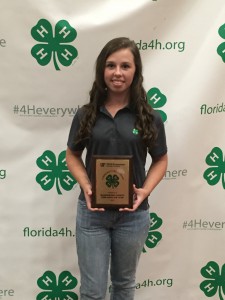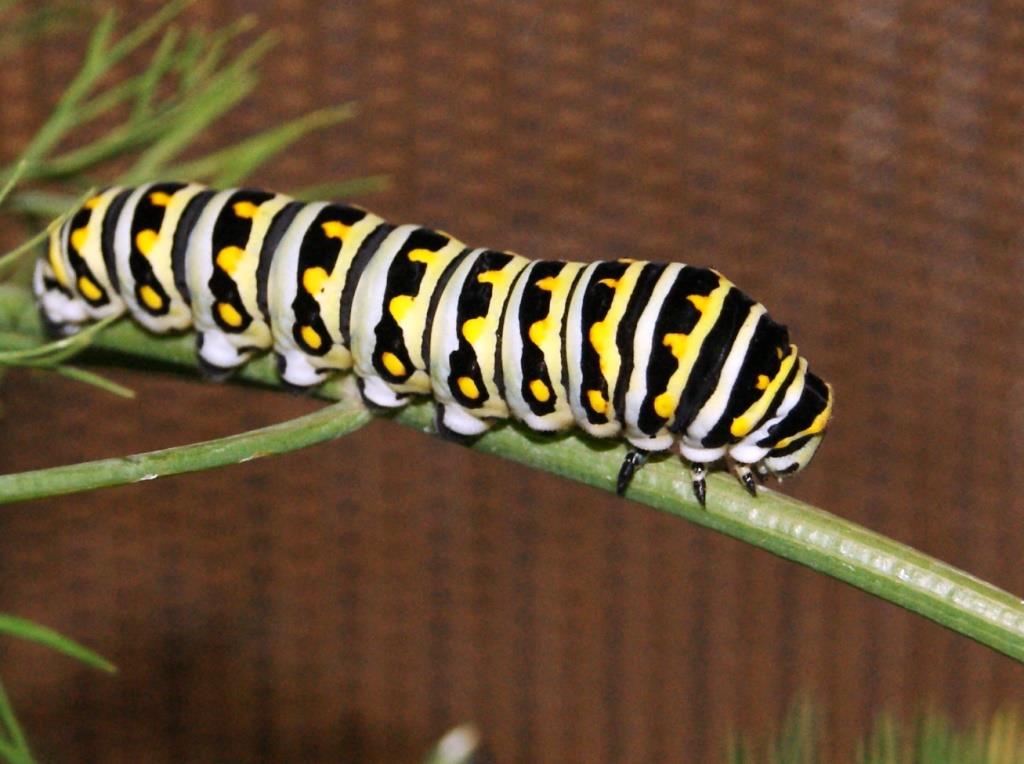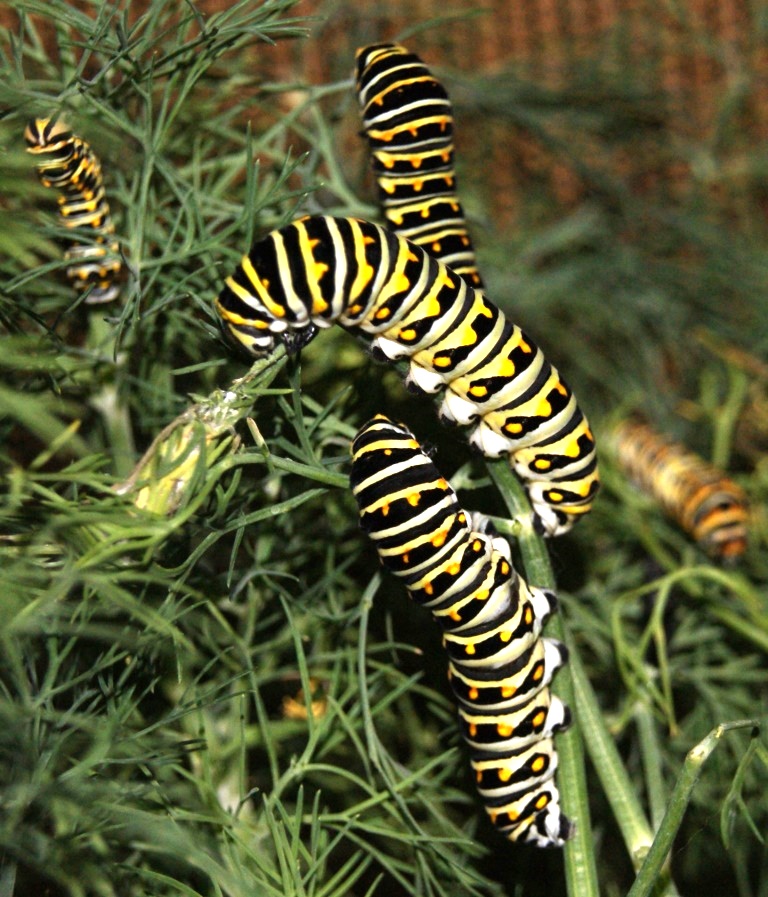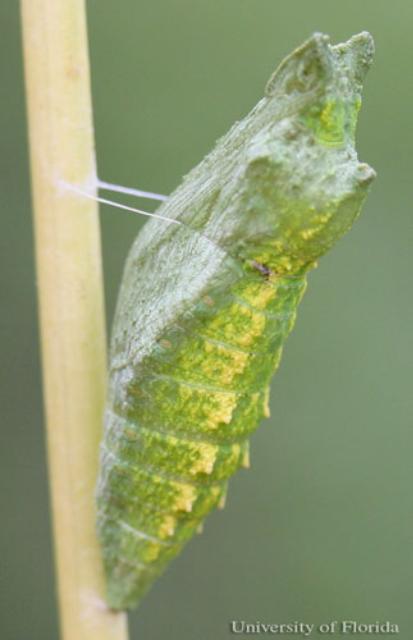by Julie Pigott Dillard | Oct 6, 2015

4-Her Isaac Brooks helped prepare meals for hospice patients as part of his 4-H Community Service Project.
With 4-H’s long history of community service and service learning built into the structure of the club model, 4-H members are poised to develop skills that make them highly valued students and eventually adults. And while grades and ACT or SAT scores used to be standard criteria for college admission, colleges and universities are looking for a well-rounded student in the highly competitive field of freshman admission.
By engaging in community service work, youth have the ability to explore their interests and find where their passions lie, show others what they believe in and define possible career paths. Community service also gives youth the ability to learn experientially and see that their contribution to a cause, project or event can make a difference.
Teenlife.com defines just a few of the personal benefits of youth volunteering as:
- Developing an increased sense of social responsibility
- Developing a global view of society
- Developing a heart for giving back and helping others
- Providing opportunities to apply what they’ve learned to real human needs
- Building relations and social connectedness with peers and adults
- Improving communication and critical thinking skills
- Helping find passions and interests that may leader to future career options.

4-Her Jessica Wells accepted a Florida 4-H Community Pride Top 5 Project award on behalf of the Fire Ants 4-H Club at 4-H University.
In addition to the 4-H Community Service Project, 4-H helps fund projects through the Community Pride Program. This program helps members learn about their community and encourages them to improve their environment through completion of a service learning project. Grant funds awarded through the Florida 4-H Foundation help supplement the project. Once the project is complete, a final report is submitted for statewide competition and recognition at 4-H University as a Top 5 Florida 4-H Community Pride Project. Florida 4-H also offers similar opportunities through the Marine Ecology Program which awards mini funds to 4-H clubs to execute Service Learning in Aquatic and Marine Education and Conservation through a gift from the Guy Harvey Foundation. Community service has the ability to become life changing – for the youth involved and for those who are receiving their service.
If you would like to help 4-H grow the next generation of compassionate adults who are civically engaged, then become a volunteer. 4-H offers a wide variety of volunteer opportunities based on your skills, interests and schedule. For more information, contact your local UF IFAS Extension Office or visit http://florida4h.org/volunteers.
Tomorrow, learn how 4-H Grows Curiosity!
by Julie Pigott Dillard | Jul 24, 2015

Do you know how to properly fit a life jacket? Photo credit Washington County Extension.
Like Dr. Seuss said, “It’s fun to have fun, but you have to know how.” With over 11,000 miles of rivers, streams and waterways, 4,136 miles of beaches, coastlines, and shorelines, and 4,308 square miles of total water area, Floridians can enjoy time on the water year-round. Whether you’re out cruising the river, fishing for Red Snapper in the gulf or wakeboarding on a spring-fed lake, you should be thinking about water safety.
The number one rule in boating and water sports safety is to wear a life jacket. According to safetykids.org, 77% of fatal boating accidents were drowning victims, and 84% of those victims weren’t wearing life jackets. Florida law states that all children six years of age and under must wear a life jacket, but all youth can benefit from wearing a properly sized, snug fitting U.S. Coast Guard approved life jacket to ensure safety in and around water and while boating.
You might think that life jackets are useful only in rough conditions, but one-half of all water related fatalities happen in calm waters. So, when would a life jacket save lives?
- When a boat has capsized in rough water.
- When a boat sinks in heavy sea conditions.
- When a person is thrown from a boat after a collision.
- When an injury occurs.
- When a person is tossed into freezing water.
- When a person is thrown off balance and into the water fishing.

According to Florida law, youth ages 6 and under must wear a life jacket, but everyone can benefit from wearing one. Photo credit Washington County Extension.
- When a carbon monoxide fumes cause unconsciousness.
- When a person is unable to swim because of heavy, waterlogged clothing.
To ensure you have a properly fitting life jacket:
- Choose a life jacket for your size and weight.
- Correctly fasten all straps and buckles.
- Hold your arms up in the touchdown pose.
- Ask someone to gently pull up on the tops of the arm openings.
- Check there is no excess room above the arm opening and to make sure the jacket doesn’t ride up over your chin or face.
Remember, fun items like pool noodles, floats and water wings should never be substituted for a well-fitting life jacket. Consider a life jacket like any other piece of sporting equipment that requires maintenance. Check it yearly for wear and tear and for buoyancy, and throw away leaky, faded, waterlogged and misshapen life jackets. Football players wear helmets, drivers and car riders wear seat belts – responsible boaters should wear life jackets.
If you have a passion for fishing or boating, consider becoming a 4-H Sports fishing project leader. We have some wonderful curriculum and resources for volunteers who would like to share their fishing expertise with youth. To find out more, contact your local UF IFAS Extension Office, or visit http://florida4h.org/volunteers.
Your opinion matters! Take this short survey to help us improve our blog: https://ufl.qualtrics.com/SE/?SID=SV_3gtLKjqia3F75QN
by Julie Pigott Dillard | Jun 19, 2015

Camp would not be possible without volunteer Terre Arnold.
From scrapes and sunburns to headaches and homesickness, Terre Arnold is filling a critical role at 4-H Camp Timpoochee by keeping campers safe and healthy. During the school year, Terre works as a school health aid and a bus driver so she is a natural fit to serve as the 4-H Camp Timpoochee nurse. Terre has served as camp nurse for the Holmes/Washington/Okaloosa Counties week of 4-H residential camp for the past five years. With her warm smile, infectious laugh, caring heart and love of fun, Terre easily soothes what ails the campers, makes them comfortable and sends them on their way to have fun.
Terre describes her camping experience as a joy from year to year. With each year bringing new experiences, she loves meeting new campers and seeing returning campers grow from year to year. From the youngest camper to veteran counselors, Terre has a way with kids that makes the overall camp experience better for them. She’s also a great camp recruiter and never misses a chance to tell young kids what a great experience 4-H Camp is and how exciting and fun the week will be.
The 4-H camping program depends on volunteers like Terre. Every county is required to have a camp nurse during their week at 4-H Camp Timpoochee or Camp Cherry Lake. Typical responsibilities include curing occasional homesickness or tummy aches, or administering any prescription medications that campers may need during the week. If you have an interest in serving as a camp nurse and would like to volunteer for your local 4-H program, contact your UF IFAS County Extension Office or visit http://florida4h.org/volunteers.
by Julie Pigott Dillard | Jan 4, 2014
 With the holiday season wrapping up, are you finding yourself saying things like: How did this happen? Why did I spend all that money? I can’t believe I did. Why did I wait until the last minute to shop? At least I found a great deal on that TV I’ve been eyeing. I don’t even want to think about how long it is going to take me to pay off the credit cards. I hope I didn’t take too much money out of the ATM machine. Did I buy my mom the same gift twice? I should have done this differently. I should have had a plan.
With the holiday season wrapping up, are you finding yourself saying things like: How did this happen? Why did I spend all that money? I can’t believe I did. Why did I wait until the last minute to shop? At least I found a great deal on that TV I’ve been eyeing. I don’t even want to think about how long it is going to take me to pay off the credit cards. I hope I didn’t take too much money out of the ATM machine. Did I buy my mom the same gift twice? I should have done this differently. I should have had a plan.
With 2014 here, some of us are making resolutions, others are vowing to break bad habits and some are in recovery mode from their holiday spending sprees. While we are teaching fiscal responsibility to our 4-H youth, could we use a reminder ourselves?
Birthdays, Valentine’s Day, Mother’s Day, Father’s Day, Grandparent’s Day, baby showers, wedding showers, retirements, housewarmings, and of course Christmas – it seems every month we are buying something for someone! Marketing ploys and advertising for the latest and greatest gadgets, toys, clothing and shoes target us all making it a challenge to overcome but not impossible. Focusing on the real meaning of giving and receiving should help lower stress levels and direct our paths to fiscal responsibility. Being knowledgeable about your specific situation, making informed decisions and communicating with loved ones can reduce the effects of spending stressors.
By developing a spending plan and making a budget, you can purposefully plan for gifts that come up during the year and prepare for in advance for the next holiday season.
Ask yourself:
- How much have I saved?
- How much can I save each month?
- What dollar limit can I set on gifts?
- Am I comfortable creating debt?
- Am I comfortable saying “no”?
Start with knowing how much you can spend and have a spending plan; your spending plan is critical for successful money management for not only the holidays but all year long. Surplus monies, after fixed and variable expenses, are what you should use for your gift budget. If your gift budget shows you spending more money than you have, you’ll likely take on debt. If this is the case, you should also create a plan for paying off purchases made with credit. Prioritize your purchases and consider omitting purchases that require taking on debt.
Create a list of everyone that you know you will purchase gifts for during the year including holidays. Factor in decorations, cards, postage, gift wrap, food/entertainment and travel. These are additional costs that can make a drastic impact on the gift budget.
Once you’ve researched and set your budget, you’re ready to start shopping. Remember your list and check it twice. Know for whom you’re buying, what you plan to buy, and where you’re going to buy from. Plan ahead and spread out purchases if possible. Shopping early keeps you on budget and reduces stress, and if that’s not enough, it can also keep you from buying a bad gift. The sky’s the limit and creativity is key for saving on gift giving and all the extras. Take advantage of coupons, special offers and/or extended hours BUT always be prepared to walk away. Be willing to prioritize and make necessary changes to your spending plan. Don’t forget…your name is not on your list. If you see something you like, write it down and suggest or hint it to someone else.
If you have a large family, start by thinking outside the box. Consider a gift exchange by drawing names from a hat. While many families do this during the holidays, you can apply it for birthday gifts as well. This method allows you to put more thought than money into selecting a single gift. Thoughtful and often times more creative gifts can come from shopping with local businesses. Locally grown fruit and vegetables, honey or an item from a local artist are just a few suggestions of local products. Another idea is to donate to charity in someone’s name instead of gift giving. You could also give a “gift of time.” By creating a coupon book or certificate, you can give loved one a gift such as a specific chore, a trip to the park, babysitting or a slumber party for the kids. If you are feeling crafty, you could make and give arrangements like centerpieces and decorations. For the holiday season, consider purchasing a single gift for an entire family — perhaps an entertainment basket filled with DVDs and microwave popcorn.
This should go without saying, but use cash and/or debit cards when at all possible. Money coming directly out of your pocket will likely make you think harder about your purchase. If you are going to use a credit card, make sure you have a plan in place to pay it off when the bill is due. You also need to understand the allure of paying with credit. When you’re not paying with “real” money, but are instead charging your purchases, your buying can easily get out of control, and the shopping process may not seem as painful in that moment. That’s why those buy-now-pay-later campaigns are so successful. Be careful; paying with credit (unless you pay off the purchase when the bill is due) means it could cost you more (interest), not less. Record what you actually spent next to the estimated cost on your spending plan. Make necessary adjustments and remember to communicate your plan to loved ones. Special occasions are about spending time with family and loved ones. Don’t let the gifts become the main focus and risk busting your budget.
Authors
Julie Pigott Dillard, CED & 4-H Youth Development Agent, Washington County
Ricki McWilliams, Family & Consumer Science Agent, Walton County
by Julie Pigott Dillard | Nov 8, 2013
All of you 4-H members with fall herb gardens: Would you be willing to sacrifice your apiaceous herbs to the Black Swallowtail Caterpillar?

Busily devouring dill and fennel, the lime green, black striped caterpillars in the UF IFAS Extension Washington County Office have quickly become a popular attraction. It is fortunate that the South’s climate is warm enough to allow for three generations of this species every year.

Soon, the caterpillars of the Black Swallowtail (Papilio polyxenes asterius ) butterfly species will continue their pupae stage by forming a chrysalis and emerging as one of Florida’s most recognized swallowtail butterflies.
The chrysalis is formed by two glands located inside the caterpillar that secrete silk. The silk threads stick together and harden when exposed to fresh air. The hard, protective coating is usually camouflaged from predators and blends in with the environment. Inside the chrysalis, the process of metamorphosis continues as the adult structure forms while the juvenile structure breaks down. The insects are very inactive during this time as they grow and change. This stage can last from two weeks to an entire season in temperate climates and tropical dry seasons. When hormones indicate it’s ready, the butterfly emerges by splitting the chrysalis open either biting its way out or using spit to soften the ends.

The Black swallowtail has quite a heavy appetite for such a small creature. They eat a variety of plants in the carrot family (Apiaceae) such as dill, fennel, parsley, celery, and carrot leaf. In addition to these cultivated species, they will feast on mock bishopweed, roughfruit scaleseed, spotted water hemlock, water cowbane, and wedgeleaf eryngo. They have also been known to enjoy Common Rue (Ruta graveolens L.).
They exhibit several interesting behaviors throughout their life cycle. For example, when they feel threatened the Black Swallowtail will exhibit yellow antennae-like structures called osmeterium. These flare out and emit a foul odor, like rotten cheese, if one’s finger gets too close.
Even though they are voracious plant eaters and honorable defenders of their territory, butterflies play a vital role in agriculture by pollinating crops and flowers. They’re an indicator of a healthy ecosystem; an abundance and diversity of butterfly species illustrate the overall health of an area. With their acute sensitivity to contaminants and toxins, butterfly populations will not be found in polluted areas. Recognized for their beauty, butterfly watching has also become a popular hobby and pastime.

- Photo courtesy of Donald Hall, University of Florida.
It’s never too early to think about planning a butterfly garden. For more information on creating a backyard butterfly habitat, download this 4-H fact sheet for kids and parents. For more information on this specific butterfly, visit the UF IFAS EDIS website for a publication on the Eastern Black Swallwtail.
Additional Content by:
Matthew Orwat, Extension Faculty I, Horticulture, UF IFAS Extension Washington County










